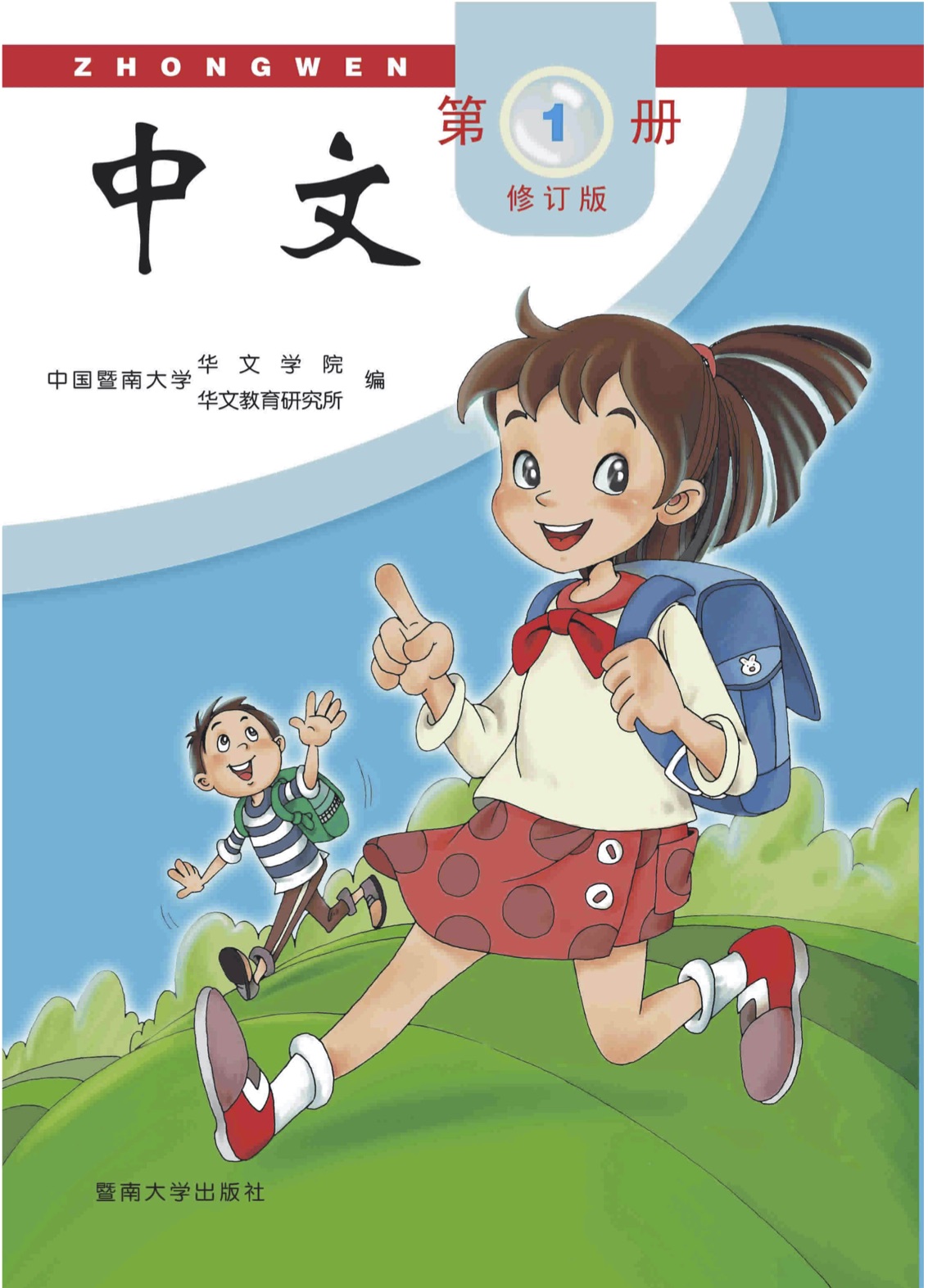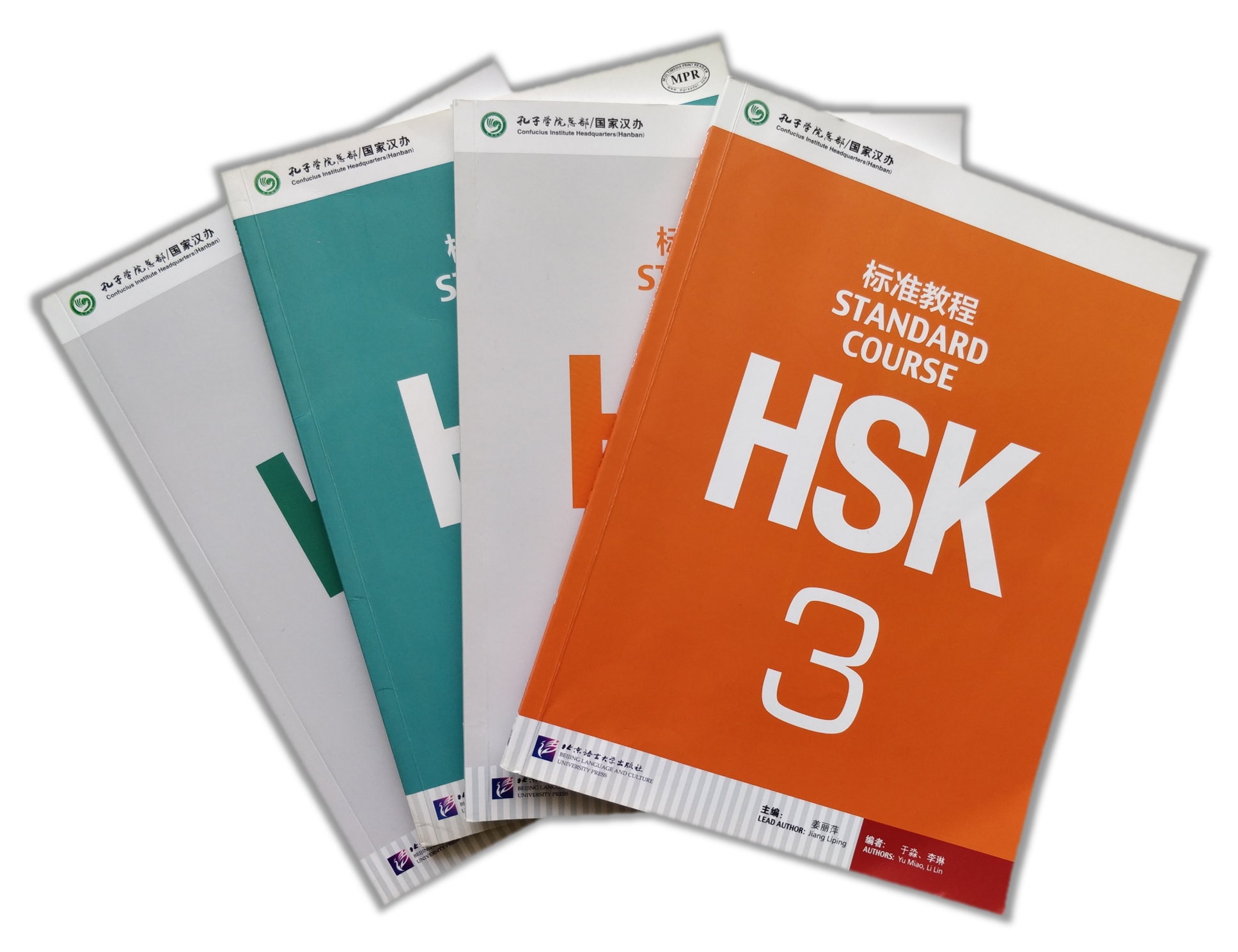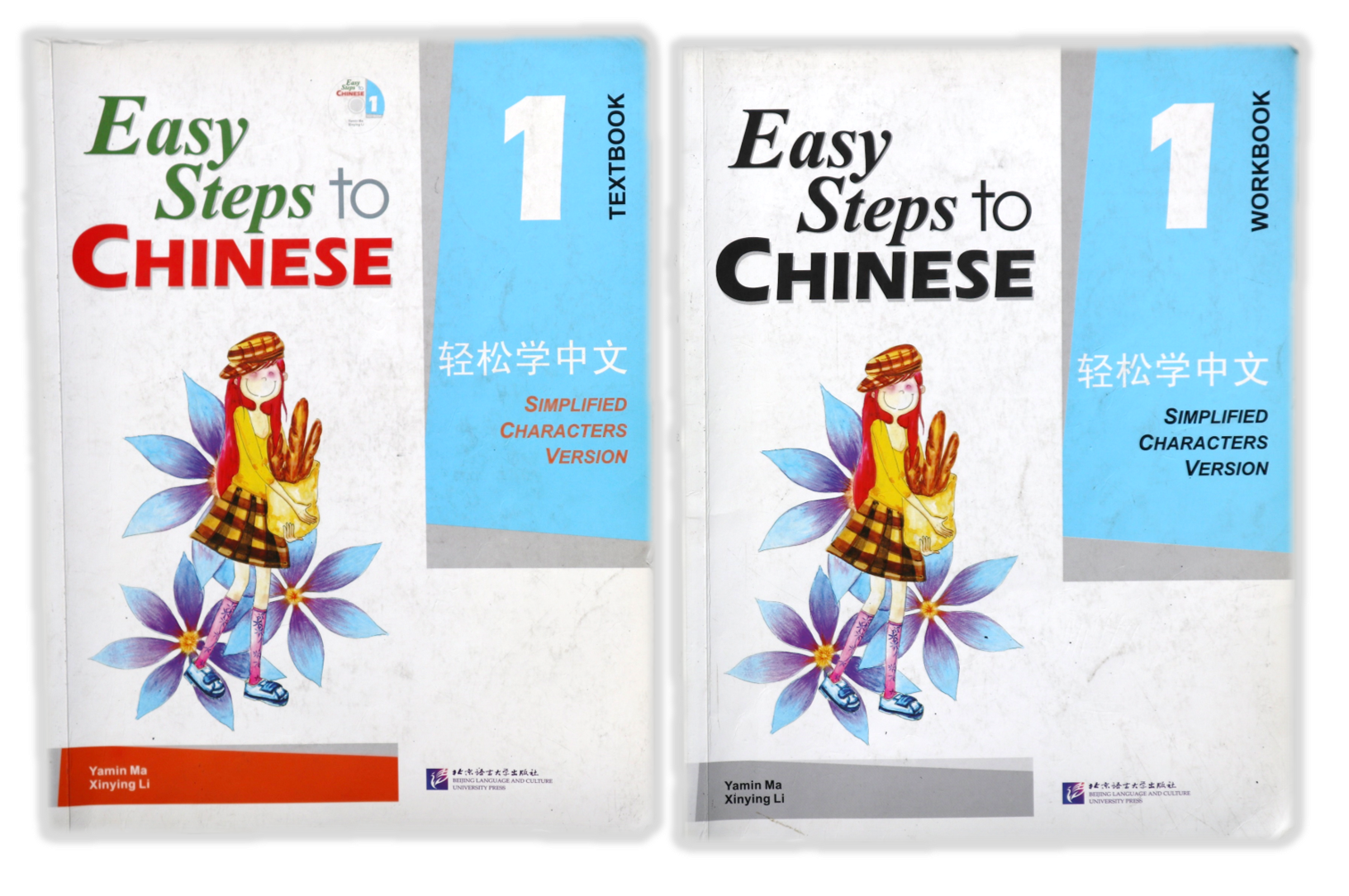本教材是一部由暨南大学专为海外华裔子女编写的一套优秀的中文学习教材,本教材的教学目的是使学生经过全套《中文》教材的学习与训练,具备汉语普通话听、说、读、写的基本能力,了解中华文化常识,为进一步学习中国语言文化打下良好的基础。教材一共十二册,并有规范的作业设计,本教材参考和借鉴了海外现有中文教材许多有益的经验,力求达到教与练、学与用的统一,并在内容与体例、图文编排、题型设计以及教学理念的体现等方面有所创新。
我们的《中文》课本学习课程,将循序渐进,由浅入深,竭尽全力将原汁原味的中文展示给学生们,让大家无论身处何地也可以享受到规范而又系统的中文教育。

WHAT IS THE HSK CHINESE TEST?
The HSK (Hànyǔ Shuǐpíng Kǎoshì or Chinese Proficiency Test) is China’s only standardised test of Standard Chinese language proficiency for non-native speakers such as foreign students, overseas Chinese, and members of ethnic minority groups in China, assesses non-native Chinese speakers’ abilities in using the Chinese language in their daily, academic and professional lives. HSK consists of six levels, namely HSK (level I), HSK (level II), HSK (level III), HSK (level IV), HSK (level V), and HSK (level VI).
The test is administered by Hanban (Office of Chinese Language Council International), a non-government organisation affiliated with the Ministry of Education of the People’s Republic of China.
The HSK test was first created in 1984 and officially became a national standardised test in 1992. It developed rapidly in the years 2000: The state press agency Xinhua estimates that in 2010, 203 test centres in 69 countries allowed 750,000 candidates to take the HSK — of which 670,000 were non-Chinese.

- Easy Steps to Chinese includes 8 books and has three stages: Stage 1: Book 1 Book 2; Stage 2: Book 3,4,5; and Stage 3: Book 7 and Book 8.
- The primary goal of this series Easy Steps to Chinese is to help the students establish a solid foundation of vocabulary, knowledge of Chinese and communication skills through the natural and gradual integration of language, content and cultural elements.
- This series adopts a holistic approach, and is designed to emphasise the development of communication skills in listening, speaking, reading and writing.


